Description
The adult snowy grouper is found offshore over rocky bottoms at depths from 30 to 1300 feet. Both juveniles and adults can be found over reefs and hard-bottom habitats. This species of grouper is a protogynous hermaphrodite: fish are born as females and transition to males sometime after becoming adults. Little is known about the spawning patterns of the snowy grouper; however, observations on reproduction show that this fish exhibits courtship behavior near deep Oculina coral reefs where scamp and gag are also known to aggregate before spawning. It is thought to form resident spawning aggregations in areas with ridges and steep drop-offs.
The snowy grouper has a robust, compressed, oval body which has its deepest point at the origin of dorsal fin. Its standard length is 2.4 to 2.8 times longer than its depth. The preopercle has a serrated edge and the serrations at its angle are enlarged, where there is also often a spine bent upwards, clothed in skin and located on its lower edge immediately in front of its angle. The upper edge of the gill cover is notably convex. There are 11 spines and 13-15 soft rays in the dorsal fin while the anal fin contains 3 spines and 9 soft rays. The membranes between the dorsal fin spines have deep notches. The caudal fin has a rear margin which is convex in juveniles of standard lengths less than 30 centimetres (12 in) and is straight or concave in adults.
Snowy grouper are bottom fish and ambush their prey. Adults feed on fishes, gastropods, cephalopods, and brachyuran crustaceans.
Size facts:
- Max length: 48.03 inches;
- Common length: 23.04 inches;
- Max. published weight: 66.14 pounds lbs;
Max. reported age: 35 years.
The Snowy grouper also known in Brazil as Cherne.
Where can Snowy groupers be found?
Snowy groupers can be found in ridges, terraces and precipitous cliffs. The species is distributed in the western Atlantic from Massachusetts to Brazil, including the Gulf of Mexico, the Lesser Antilles and the northern coast of Cuba. Snowy grouper are protogynous hermaphrodites, spawning from May to June and releasing more than 2 million eggs. Fish are capable of reproducing when they are 4 or 5 years old, about 18 to 20 inches long. They may reach a maximum age of 17 years and a weight of 70 pounds.
Adults occur well offshore on rocky bottoms. Juveniles may be found inshore and are often reported from the northeastern coast of the U.S.
How does Snowy grouper look like?
The coloration of this species varies with the size of the fish. Smaller fish are dark brown overall, punctuated with coin-size pearly white spots on the sides. A distinctive black, saddle-shaped blotch occurs on the caudal peduncle and extends down below the the lateral line. Larger snowy groupers usually lose the white spots and caudal saddle and become dark brown with a slight coppery tint. The spiny portion of the dorsal fin has a black margin.
Snowy grouper: Health benefits
Snowy Grouper is considered a good source of vitamin B6, vitamin B12, phosphorus, potassium, and selenium.
Culinary profile:
Snowy grouper is like the Black grouper when it comes to texture, taste, and market size. Similarly, this grouper has a distinct mild flavor with light and sweet taste. Most people describe the large, chunky flakes of a snowy grouper to taste somewhere between a seabass and halibut, almost like a crab or lobster meat.
Like other groupers, the snowy grouper also features high moisture and oil content. As such, this fish can hold up in many culinary applications and techniques. You can prepare this fish using various cooking methods including pan roasting, grilling, sauteing, or making ceviche.
Broiling and baking are also both great ways to prepare a delicious main course using a snowy grouper. Bake your fillets with lots of dressings and herbs for a flavorful experience.
Snowy grouper videos
More Snowy grouper videos
Snowy grouper nutritional facts
- Serving size: 3 ounces
- Calories: 92 kcal
- Cholesterol: 37 mg
- Protein: 19.4 grams
- Sodium: 53 mg
- Omega 3: 0.3 g
- Total fat: 1 grams
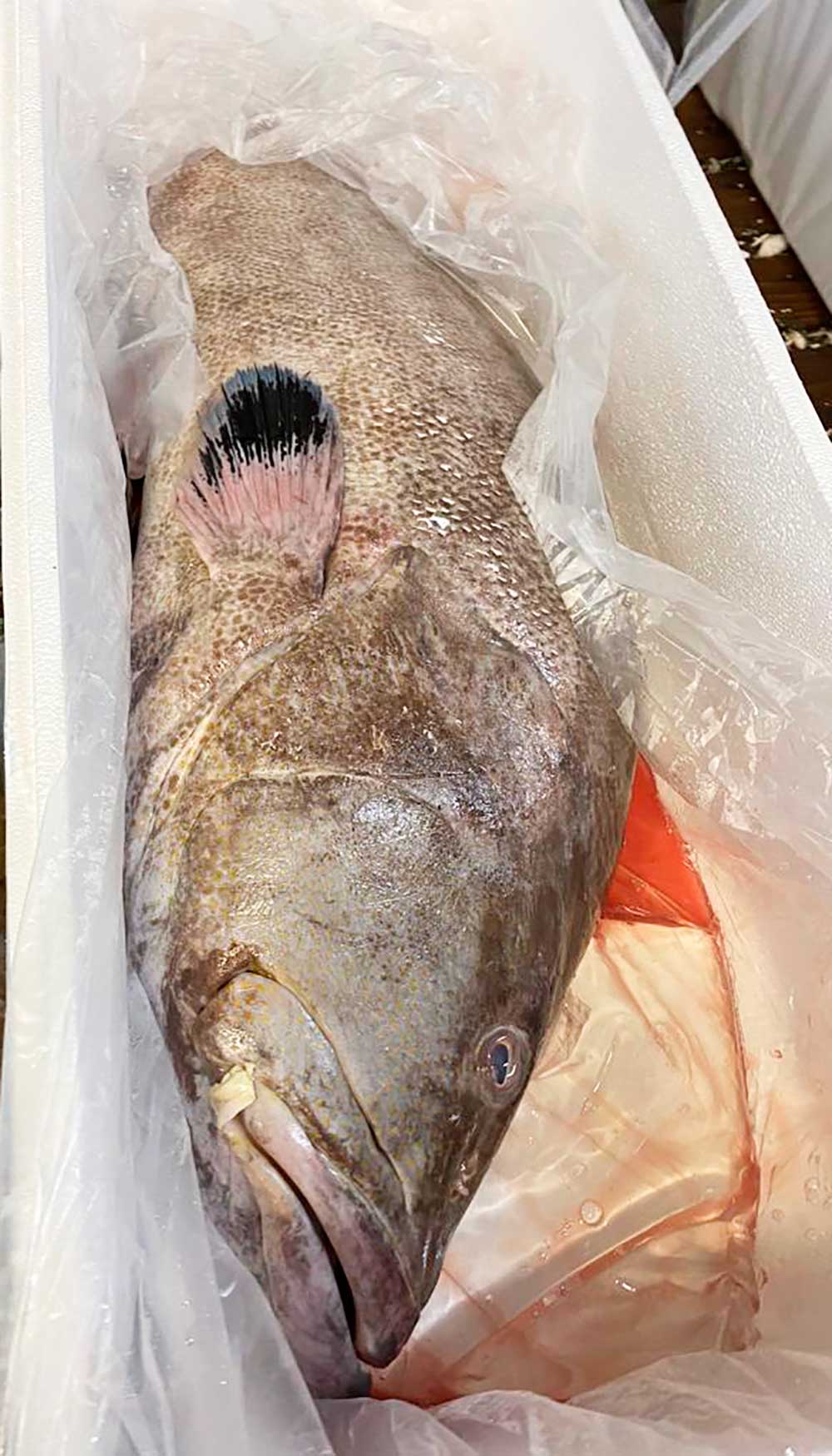
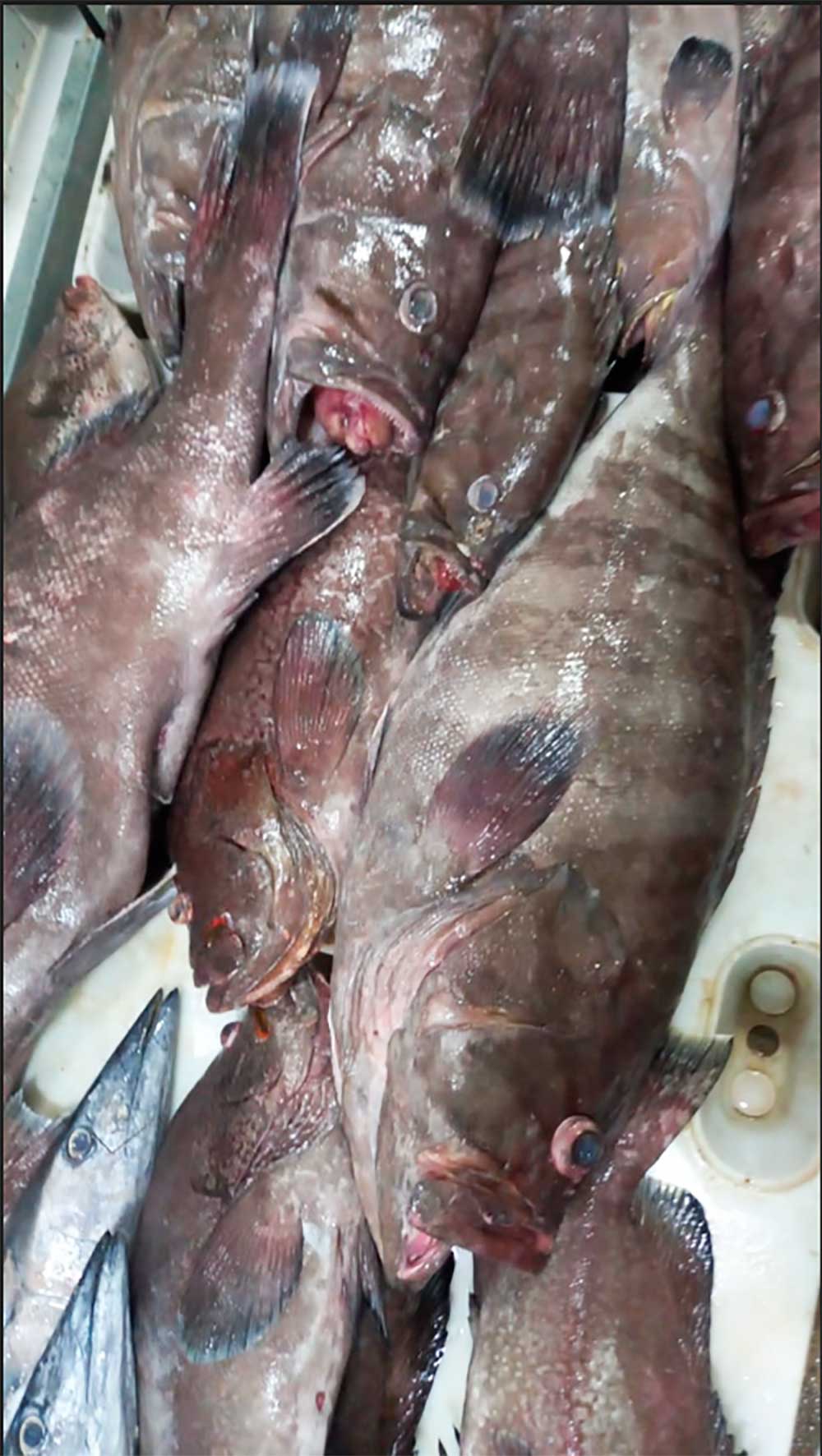
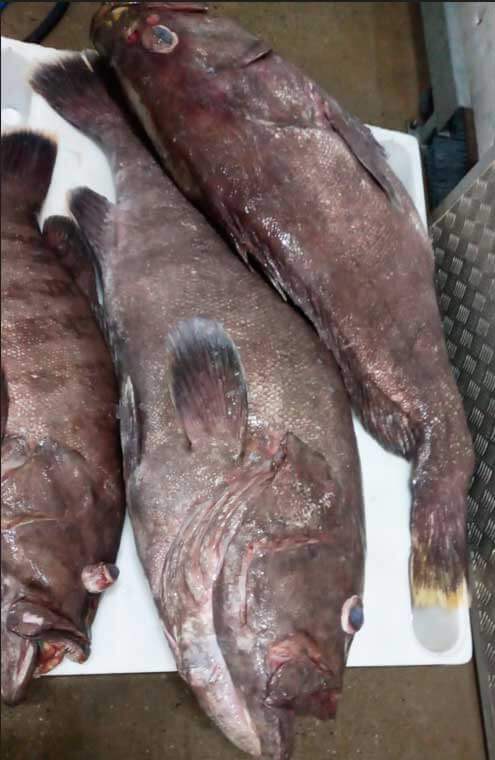
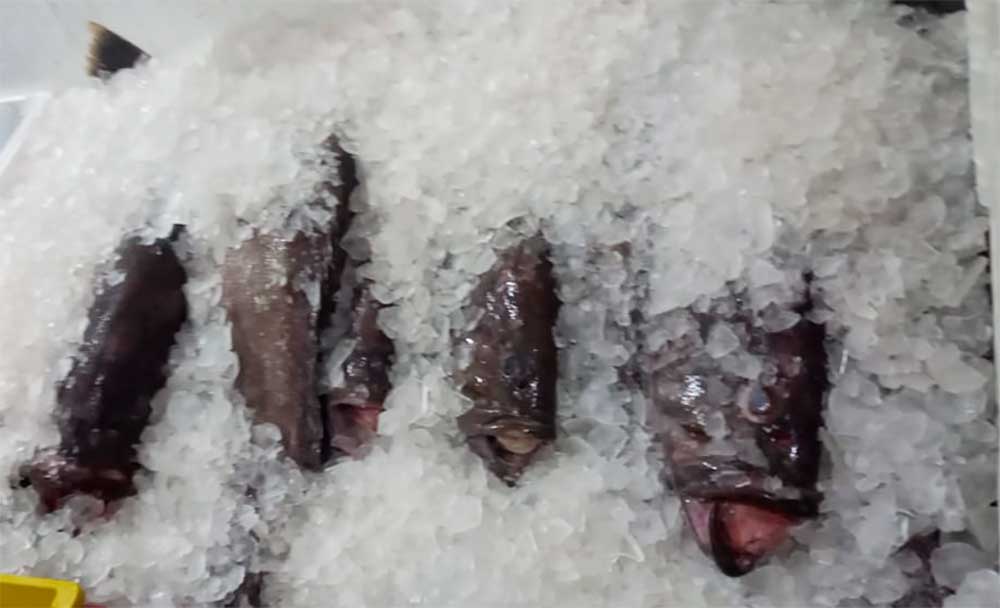
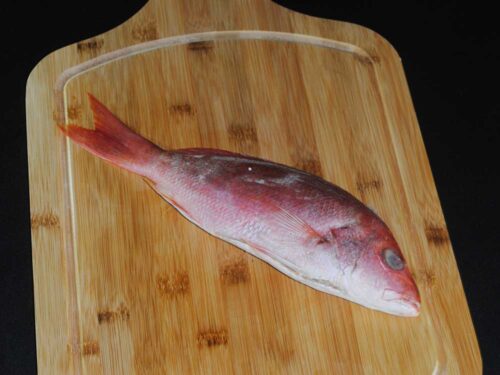
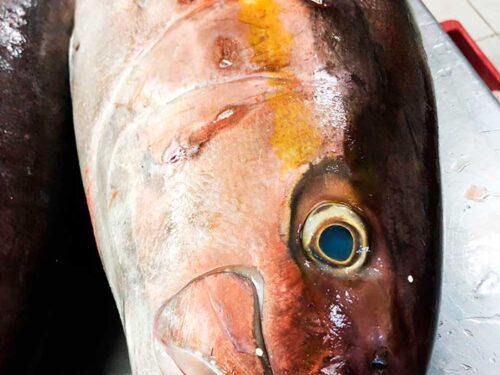
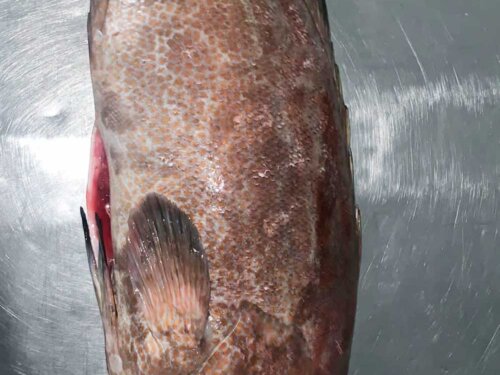
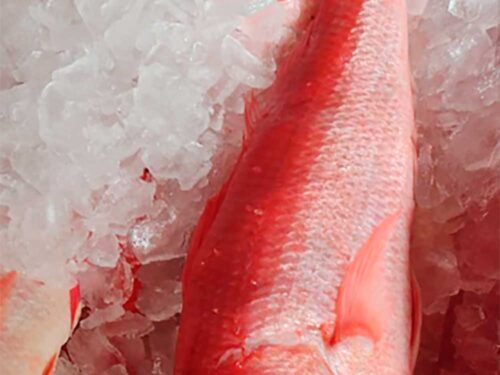
Reviews
There are no reviews yet.